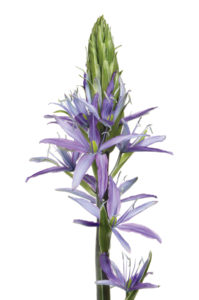Beautiful Bulbs: Buy Now to Plant in Fall
02 Jul 2016
We love these heralds of spring, and now is the best time to buy bulbs to plant in fall.
By Panayoti Kelaidis One of life’s great experiences is visiting Holland in spring. The bulb fields are chock-full and dazzling, but what delighted me even more were the masses of daffodils, crocuses and tulips in every private garden. Yet bulbs in Holland are not as easily grown as they are for us. Every summer, almost all Dutch bulbs are unearthed, divided and taken indoors so they won’t rot in the wet season. Bulbs are primarily plants of semiarid and Mediterranean habitats, so they’re endemic to places that are dry and hot, which means they’re perfect for Colorado gardens. Yet each garden in the Netherlands has more bulbs than you’ll find in an entire neighborhood here. I think that’s because most people here buy bulbs in autumn. By then, they’re often tired of gardening and have thrown in the trowel, so to speak. So it’s no surprise this fantastic gardening arena is terribly underdeveloped in Colorado. The solution is to order your bulbs in springtime, or at least by early summer, when you still have a bit of enthusiasm. That’s also a good time to determine where your bulbs would best highlight the garden, as other plants are just coming in and you can still see the garden’s barer spots. I have friends who put colored sticks in those places to remind them where to plant their bulbs later in fall. Order bulbs by mail or get them at your favorite nursery, but don’t wait until fall—the best ones will have sold out. And, because bulbs are usually inexpensive and likely to spread, your initial investment compounds every year.Here are some of my favorites.
Panayoti Kelaidis is senior curator and director of outreach at Denver Botanic Gardens.
Persian Star Onion (Allium christophii)
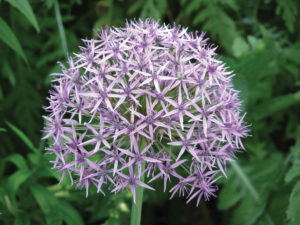
Black Mountain Onion
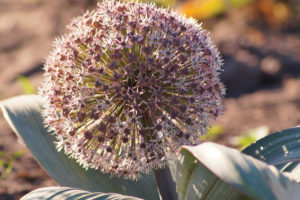
Ragged Robin
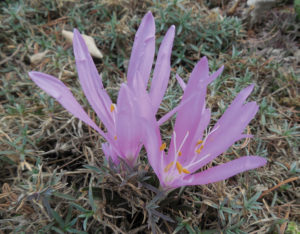
Reticulate Iris
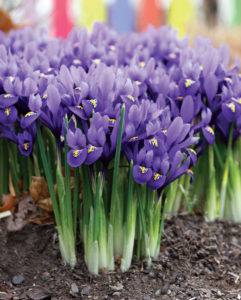
Autumn Crocus
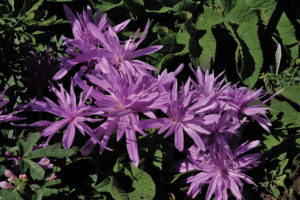
Cloth of Gold Crocus
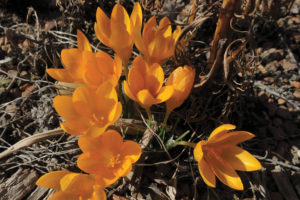
Tommy Crocus
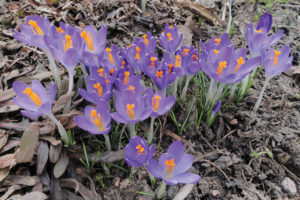
Lavender Fall Crocus
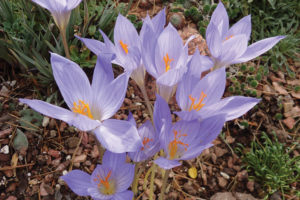
Peeping Tom Daffodil
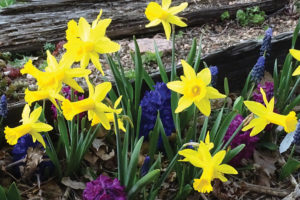
Royal Red Tulip
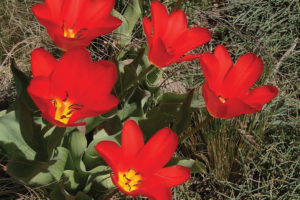
Yellow Meadow Tulip
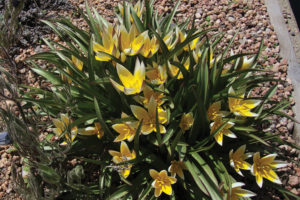
Violacea Black Base Tulip
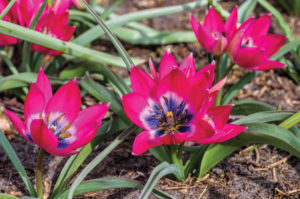
Lady Tulip
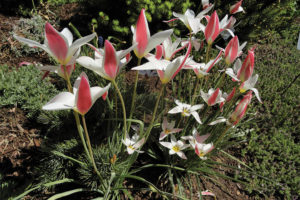
Cretan Tulip
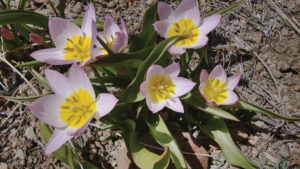
Scarlet Greek Tulip
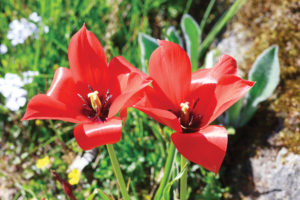
Yellow Juno Iris
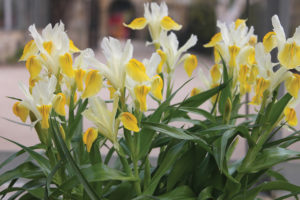
Tall Blue Camas
